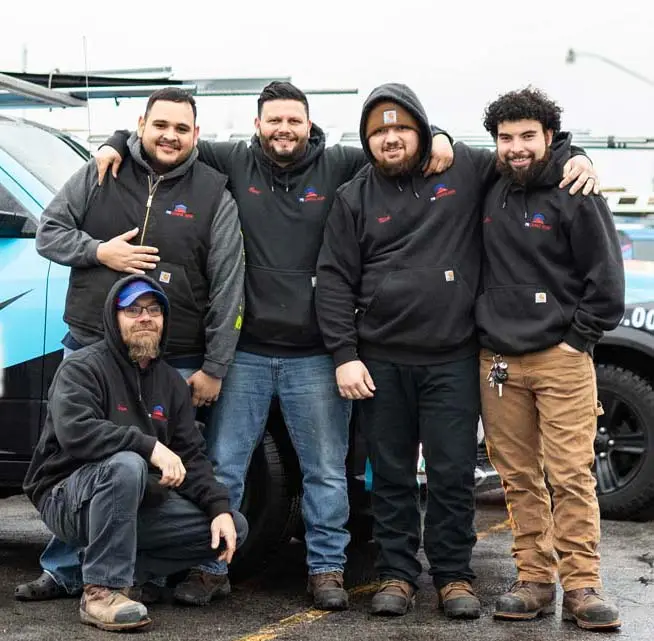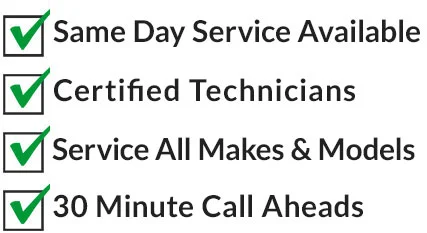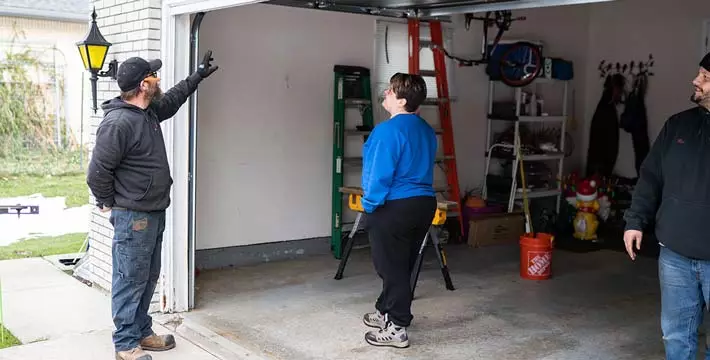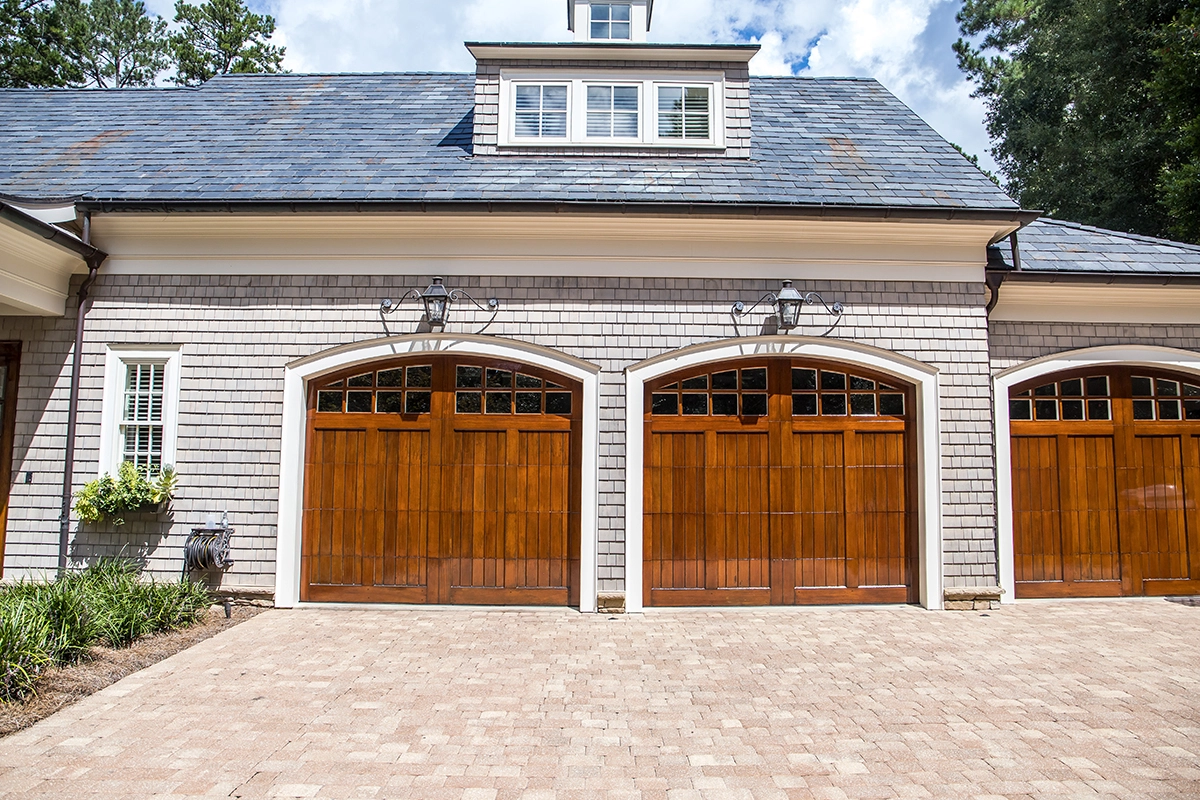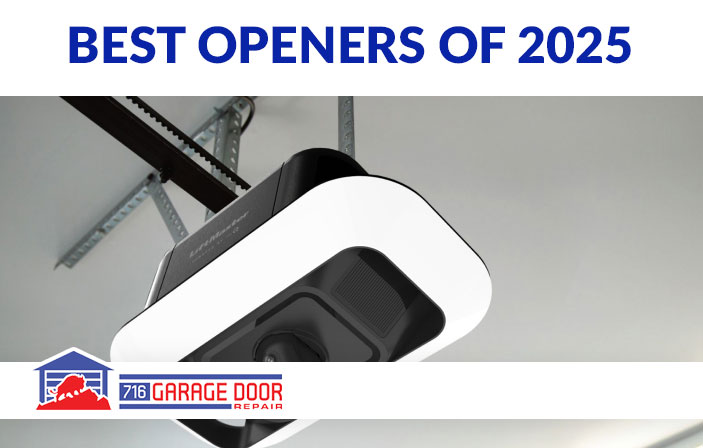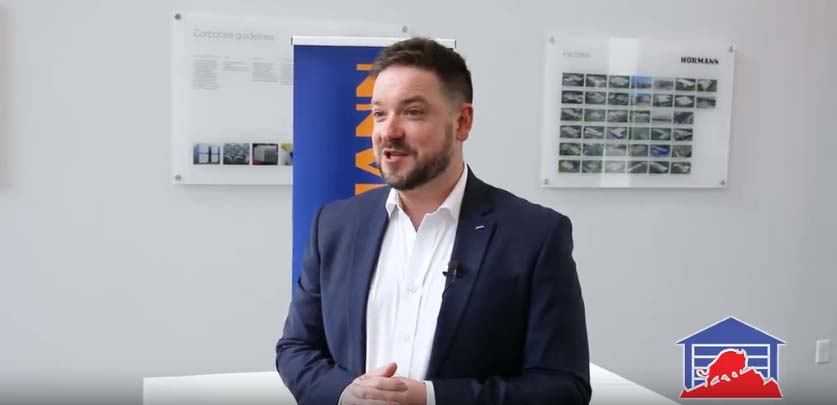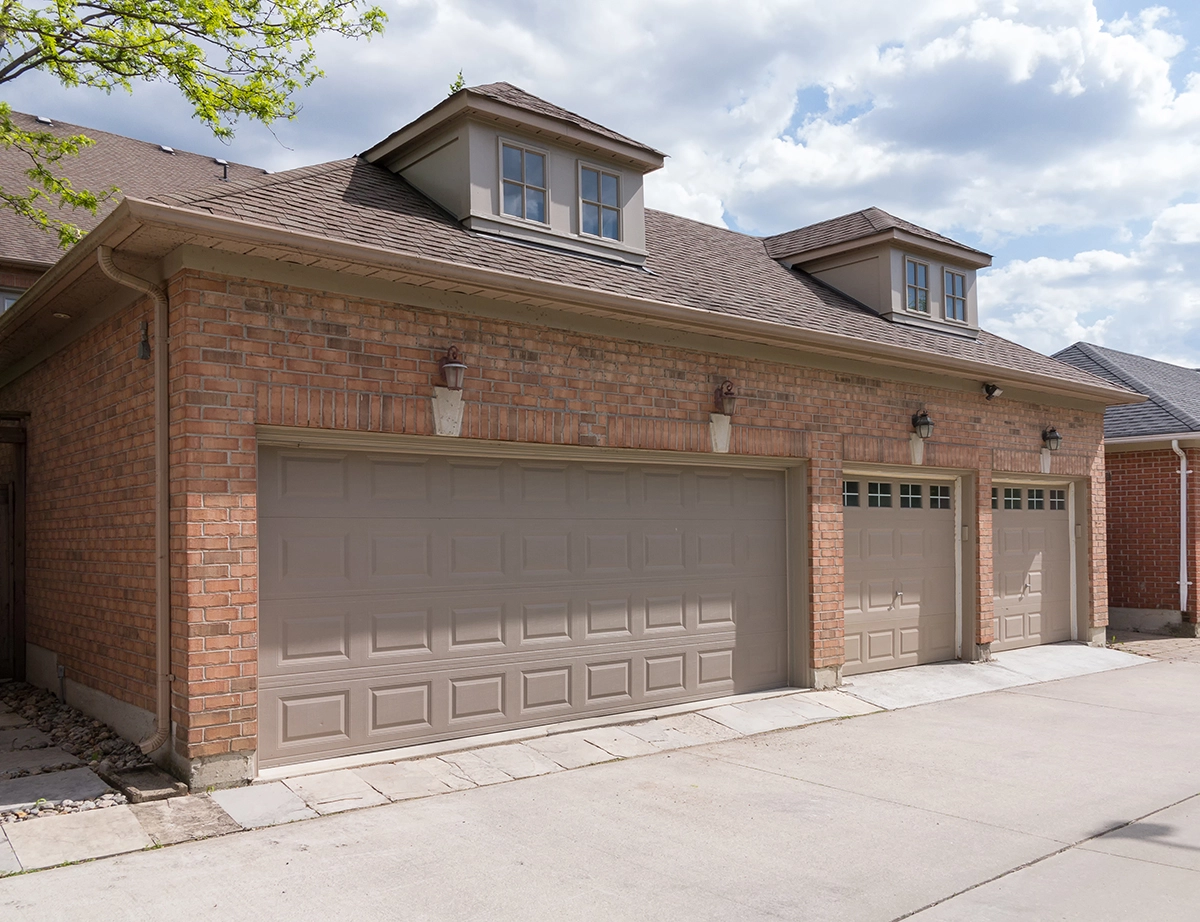716 Garage Door Repair > Angola
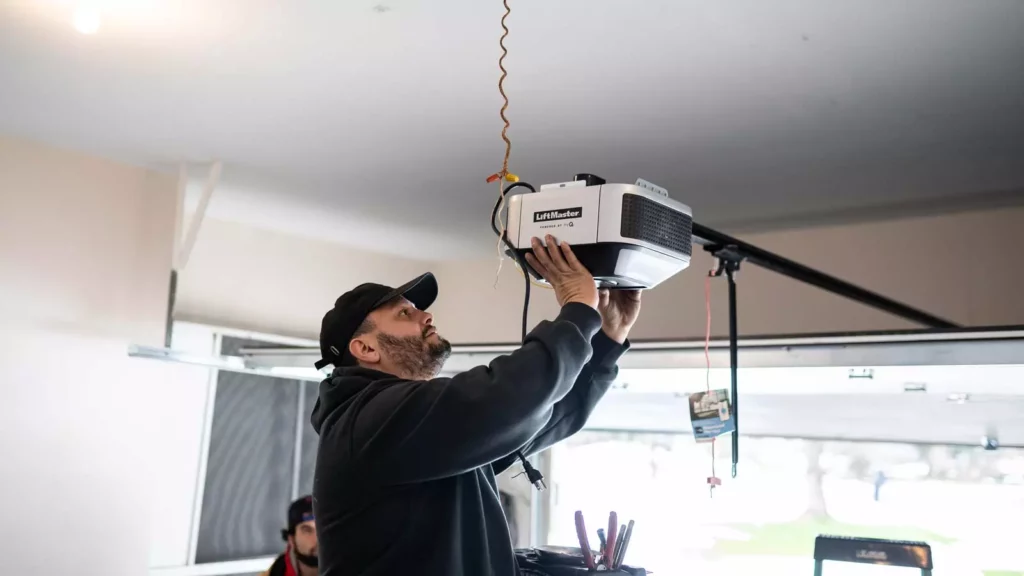
Garage Door Opener Installation Process & Troubleshooting
We always prioritize safety during the garage door opener installation process. Here’s an overview of the steps required to safely, and properly install a new opener as well a list of common problems to be on the look out for.
What are the steps involved in the Garage Door Opener Installation Process?
Preparation: Our technicians read through each manufacturer’s installation manual and have practiced installing various models in our state-of-the-art training facility.
We ensure the existing garage door is in good working condition and properly balanced. If it’s not, we’ll let you know ASAP.
Assembly of the Opener: The opener is assembled in accordance with the instructions in the manual.
Mounting the Header Bracket: First, we attach the header bracket to the wall above the garage door using lag screws.
Then we ensure it’s level and securely attached to a structural support.
Installing the Power Unit: We position the power unit according to the manufacturer’s instructions, usually attached to the ceiling or wall near the header bracket.
We will secure the power unit with mounting straps or brackets provided in the kit.
Attach the Rail to the Header Bracket: Next, we connect the rail to the header bracket using the provided hardware.
Then, we ensure it’s properly aligned and level.
Install the Trolley and Door Arm: Now we are ready to slide the trolley onto the rail.
Then we can attach the door arm to the trolley using the provided clevis pin and secure it with a ring fastener.
Install the Safety Sensors: At this point, we mount the safety sensors on each side of the garage door, near the floor.
We make sure to align them properly and secure them in place.
Once aligned and secured, we can connect the sensor wires to the opener unit.
Connect unit to Power At this point, we connect the opener to a power source. We’ll inspect the existing wiring and ensure proper grounding with the use of a GFCI-protected outlet. If none is available, we may need to bring an electrician in to rewire the power up to code.
Program the Opener: Next, we will set up the remote controls and keypad according to the manufacturer’s instructions.
Then we’ll test the opener to ensure it operates smoothly.
Smart home automation may be integrated at this point.
Adjustments and Testing: We thoroughly test the system and perform any necessary adjustments to the opener’s settings, such as travel limits and force settings, and ensure the door’s movement is balanced and smooth.
Safety Check: Review the safety features of the opener, including auto-reverse mechanisms.
Test these safety features to ensure they function correctly.
Cleanup: Remove any debris or packaging materials from the installation area.
What are Common Problems that might occur during opener installation?
Alignment Issues: Misalignment of the opener rail, trolley, or door arm can cause the garage door to operate unevenly or not at all. Ensure proper alignment and level installation of all components.
Power Supply Problems: Issues with electrical connections or power supply can hinder the opener’s functionality. Ensure proper wiring, use a dedicated outlet, and check for any tripped breakers or blown fuses.
Remote Control Programming: Difficulty in programming the remote controls or keypad can occur due to incorrect sequences or signal interference. Follow the manufacturer’s instructions carefully and troubleshoot signal interference if necessary.
Sensor Misalignment or Malfunction: Safety sensors not aligned properly or malfunctioning can prevent the door from closing. Check sensor alignment, clean lenses, and ensure proper wiring connections.
Door Balance and Adjustment: If the garage door is not properly balanced or the opener’s settings for travel limits and force are incorrect, the door may not open or close smoothly. Adjust the door’s tension and the opener’s settings as needed.
Hardware Installation Errors: Improper installation of brackets, bolts, or screws can lead to instability or malfunction of the opener. Ensure all hardware is securely fastened according to the manufacturer’s instructions.
Interference with Obstructions: Obstacles in the garage door’s path, such as debris or objects, can trigger safety mechanisms, preventing proper operation. Clear the area around the door to prevent interference.
Faulty Components: Occasionally, a component within the garage door opener kit might be defective or damaged, leading to installation issues. Contact the manufacturer for replacements if needed.
Lack of Lubrication: Failure to lubricate moving parts as per the manufacturer’s recommendations can lead to increased wear and tear, causing the opener to operate less smoothly or make excessive noise.
Incomplete Setup or Programming: Skipping steps or missing important setup procedures outlined in the manual can result in the opener not functioning as expected. Ensure all steps are completed thoroughly.
Schedule Your Free Estimate
Get a free estimate on your garage door project today!


